JOIN the AFICIONADOS
To receive our world of travel and style delivered straight to your inbox.
A “colourful and cheerful alternative world”, Saint Phalle’s Tarot Garden is an art space full of feminine power, nestled amidst the rolling hills of Tuscany. In 1955, French-American artist Niki de Saint Phalle visited Gaudí’s Park Güell. It was to be a prophetic visit, and sparked within her a lifelong journey that saw the creation of The Tarot Garden. An epic sculpture park, a powerful reinterpretation of the Tarot, and a towering embodiment of Saint Phalle’s creative tenacity and 20-year, indeed lifelong, obsession.
The first female artist to work with sculpture on such a large scale, Saint Phalle’s Tuscan Tarot Garden was compelled by her sense of fate. Writing of herself she said “Is it no accident that she is creating this garden in Italy? There is a reason. Her hand is guided…” Paralleling fate is her desire to represent feminine power throughout her work. She muses “Is it her urgent necessity, her destiny to show that a woman can work on a monumental scale?”
First gaining notoriety in the art world with her Hon exhibition at Stockholm’s Moderna Museet in 1966, which saw visitors enter the interior galleries through the figure of an enormous reclining woman’s vagina, Saint Phalle weaves similarly overwhelmingly female motifs throughout the whole of Tarot Garden.
As feminist author Jill Johnston once wrote on entering, “we are about to be devoured by the artist’s world.”
In sunshine, this matriarchal world comes to life, mirrored pieces glinting and dancing, but in the winter, they appear lonesome, almost sombre. Encased within architect Mario Botta’s masculine fortress-like walls, Saint Phalle’s feminine Tarot Garden is bordered by an artistic boundary that the garden’s 75,000 yearly visitors must cross before entering Saint Phalle’s immersive, intimate world.
Her closest artistic conspirator was always Jean Tinguely, the love of her life and contributor of half the sculptures’ welded iron armatures, as well as a whole figure representing the Wheel of Fortune – a priestess with spinning water emanating from her mouth.
However, as Tinguely once remarked, he could never truly possess his wife. She resides somewhat with her sculptures, flowing over Tuscany’s endlessly undulating hills, mirrors of her female sculptural deities.
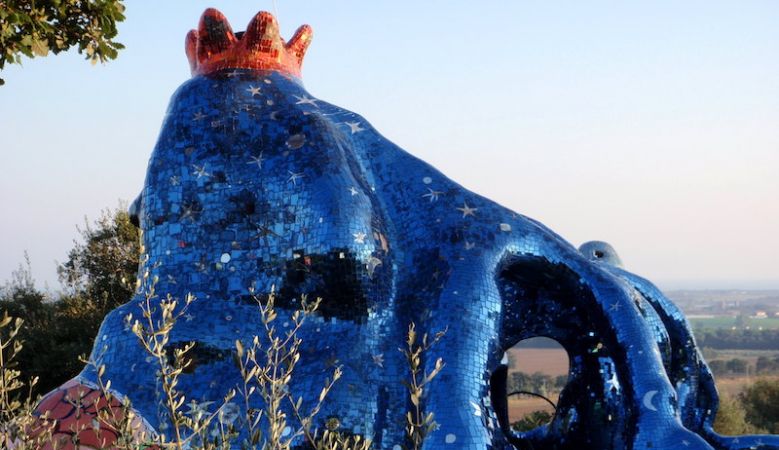
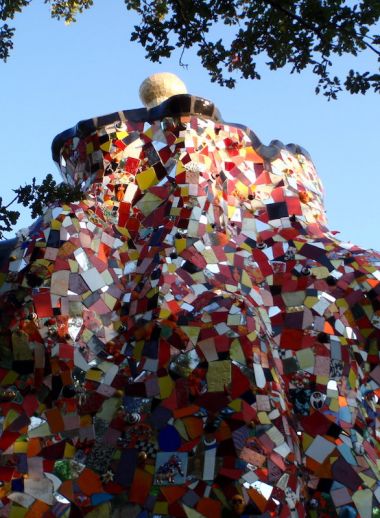
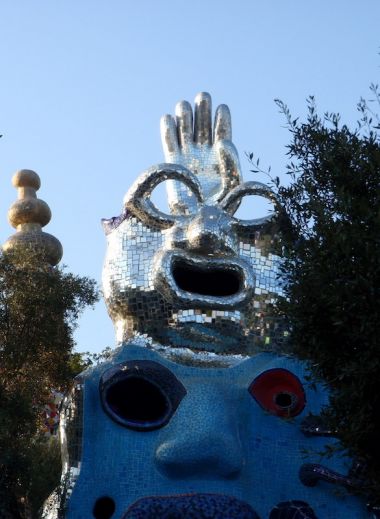
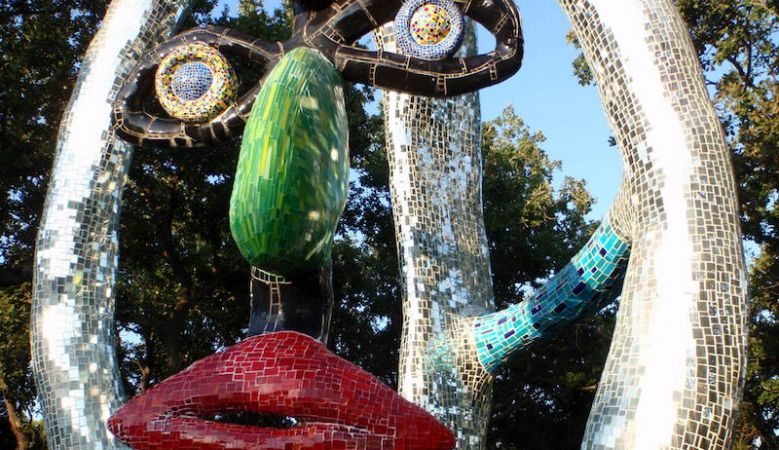
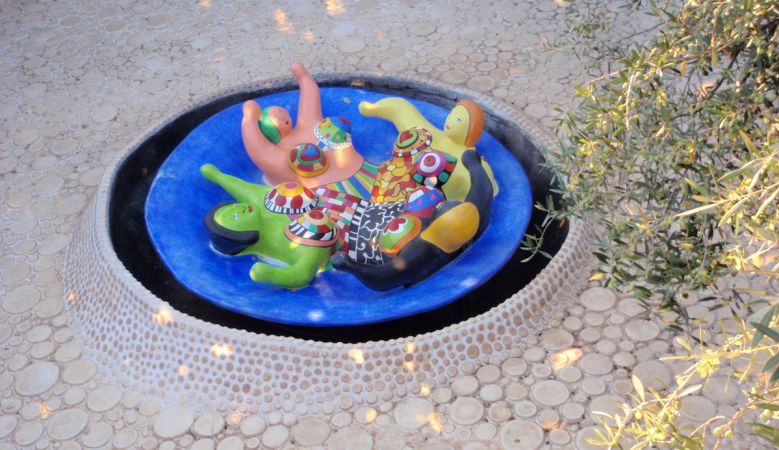
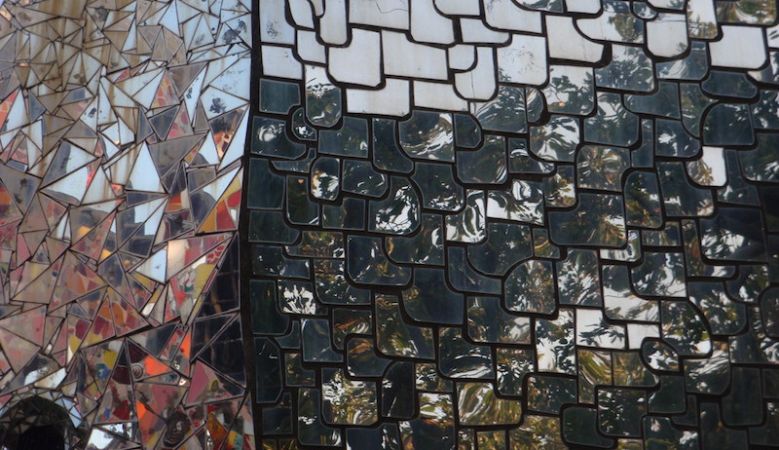
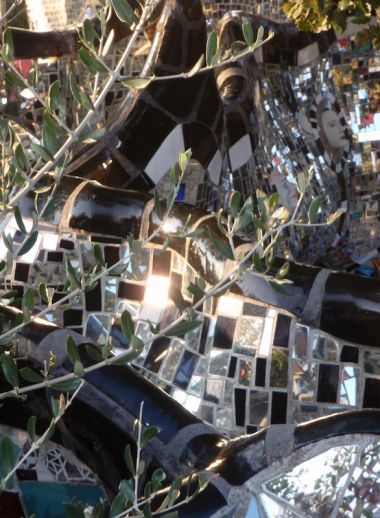
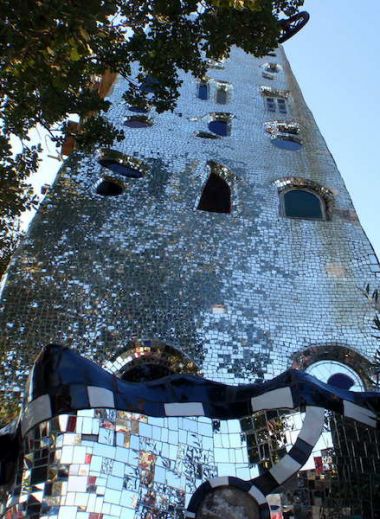

Just over a two-hour drive from our two Tuscan gems, Saint Phalle's epic garden is well worth a day visit. Chill in classically restored Tuscan farmhouse chic at Follonico and go design-den cool in La Bandita, a renovated nunnery singing with urban cool and heritage accents, right in the heart of old-town Pienza.